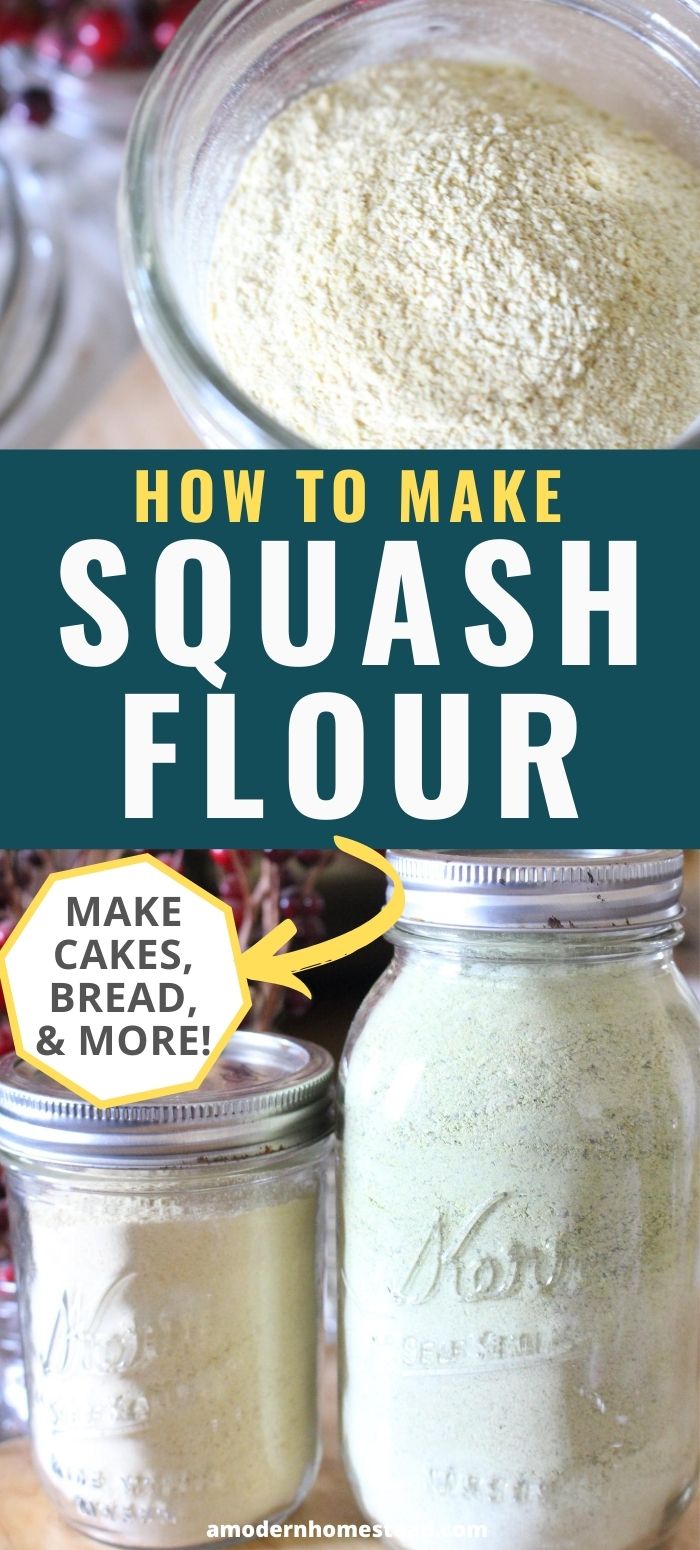You love baking but have been searching for a healthier alternative to traditional flour. Look no further! In this article, you will discover a simple and practical guide on how to make zucchini flour. With just a few easy steps, you can transform this versatile vegetable into a nutritious and gluten-free substitute perfect for all your culinary creations. Get ready to elevate your baking game and impress your friends and family with this exceptional ingredient. Let’s dive into the fascinating world of zucchini flour together!
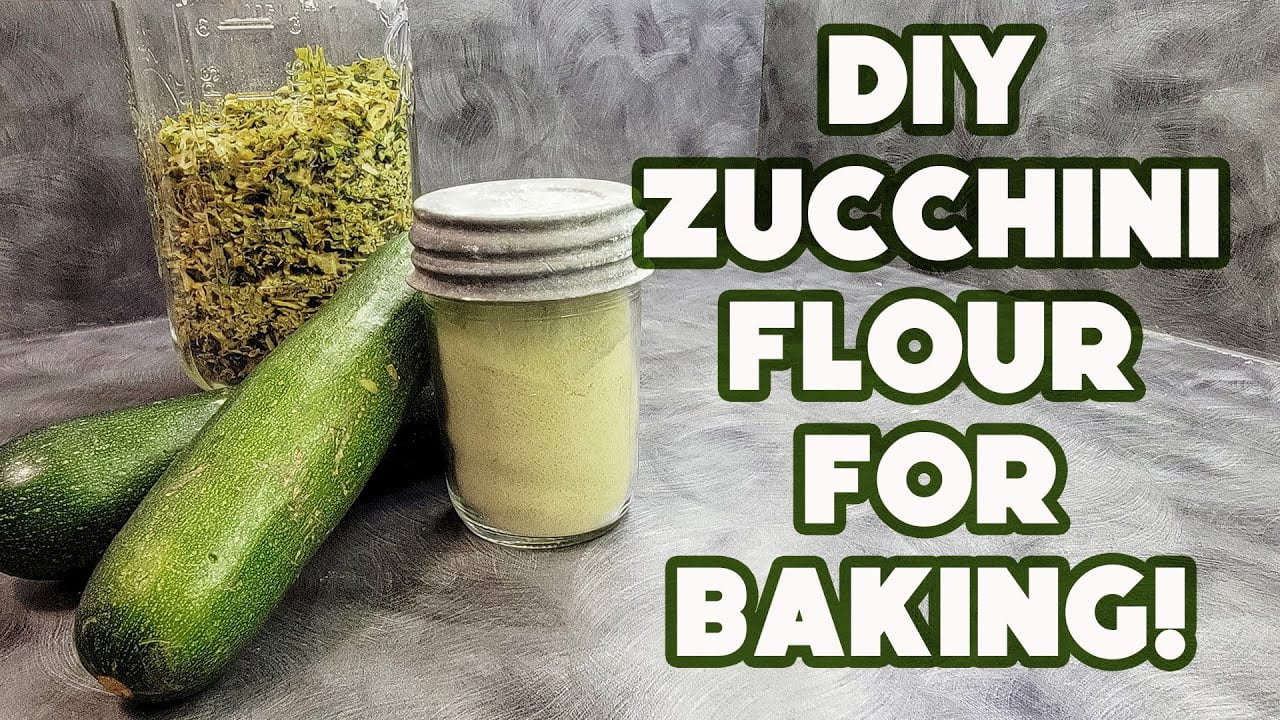
Selecting and Preparing the Zucchini
Choosing the right zucchini
When selecting zucchini for making zucchini flour, it’s important to choose ones that are fresh and firm. Look for zucchini with smooth, unblemished skin and vibrant green color. Avoid zucchini that are too soft or have wrinkled skin, as they may not be as flavorful or yield the desired texture in the flour.
Washing and drying the zucchini
Before preparing the zucchini for flour-making, it’s essential to wash them thoroughly to remove any dirt or residue. Simply rinse the zucchini under cool water and use a vegetable brush to gently scrub the skin. After washing, pat them dry with a clean kitchen towel or paper towels. Ensuring the zucchini are completely dry will help maintain the quality of the flour during the dehydration process.
Removing the ends and peeling the skin
To prepare the zucchini for the next steps, trim off the ends with a sharp knife. Then, if desired, you can peel the skin off the zucchini. Peeling the zucchini is optional and can depend on personal preference. Some people prefer to leave the skin on for added flavor and texture, while others find that removing the skin yields a smoother flour. Either way, make sure to remove any remaining dirt or blemishes before proceeding.
Cutting and Drying the Zucchini
Slicing the zucchini into thin pieces
Once the zucchini is cleaned and prepared, it’s time to slice them into thin pieces. Using a sharp knife or a mandoline slicer, cut the zucchini into uniformly thin slices. The thickness of the slices will impact the drying time, so try to keep them around 1/8 to 1/4 inch thick. Having consistent slices will ensure even drying and allow for easier grinding later on.
Dehydrating the zucchini slices
After slicing the zucchini, arrange the slices on dehydrator trays in a single layer, making sure they don’t overlap. If you don’t have a dehydrator, you can also use an oven set to a low temperature or air-dry the slices in a well-ventilated area. Dehydrate the zucchini slices until they are completely dried and brittle. This process can take anywhere from 6 to 12 hours, depending on the thickness of the slices and the drying method used.
Blending and Grinding the Zucchini
Using a blender or food processor
Once the zucchini slices are dried, they are ready to be transformed into flour. Transfer the dried zucchini slices to a blender or food processor. If you’re working with a large batch, you may need to do this in several batches to avoid overcrowding the blender or food processor. Blend the dried zucchini slices on high speed until they are finely ground and resemble a powder-like consistency.
Grinding the dried zucchini slices into powder
If you prefer an even finer texture for your zucchini flour, you can further grind the already blended zucchini powder. Use a coffee grinder or a dedicated spice grinder for this step. Add a small portion of the blended zucchini powder into the grinder and pulse until you achieve the desired fine consistency. Repeat this process until all the zucchini powder has been ground to your liking.
Sifting and Re-Grinding (Optional)
Passing the zucchini powder through a fine mesh sieve
To achieve an even smoother texture and remove any larger particles, you can choose to sift the zucchini powder. Set a fine mesh sieve over a bowl or container and pour a small amount of the ground zucchini powder into the sieve. Gently shake and tap the sieve to allow the finer particles to pass through, leaving behind any larger pieces. Repeat this process until all the powder has been sifted.
Re-grinding any remaining larger particles
If there are still larger particles left after sifting, you can re-grind them to ensure a consistent texture throughout the zucchini flour. Place the larger particles back into the coffee grinder or spice grinder and pulse until they are finely ground. This step may be necessary if you desire a very fine zucchini flour or if you plan to use it for recipes that require a smoother texture.
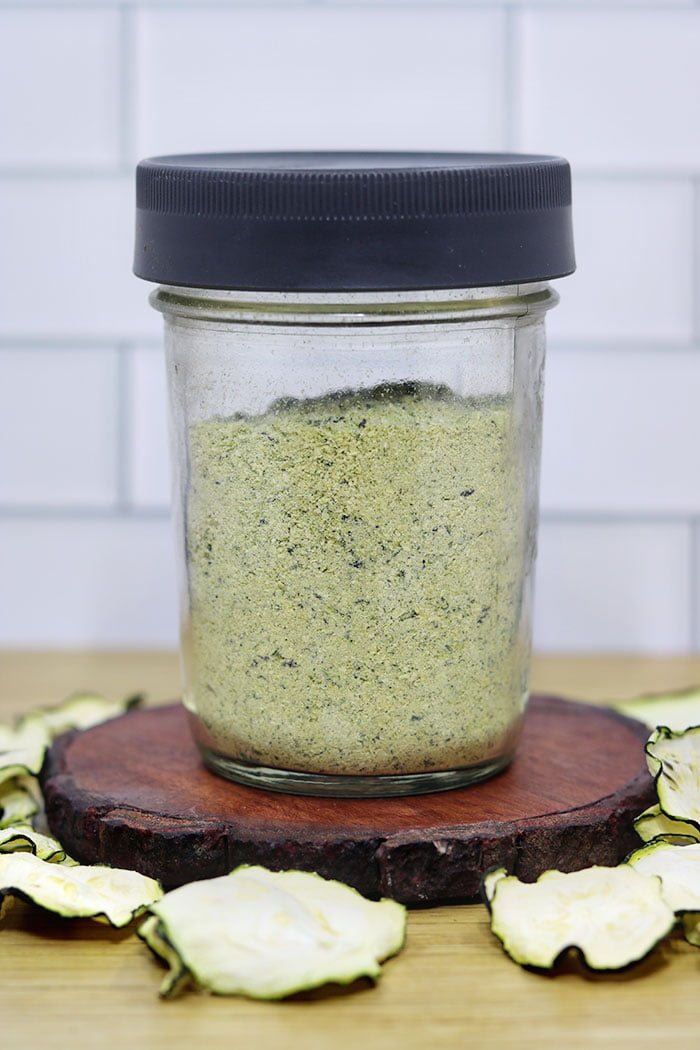
Storing the Zucchini Flour
Choosing an airtight container
To maintain the freshness and quality of your zucchini flour, it’s essential to store it in an airtight container. Choose a container with a tight-fitting lid that can seal out any moisture or air. Mason jars, food storage containers, or airtight bags specifically designed for storing flour are all suitable options. Make sure the container is clean and dry before transferring the zucchini flour to avoid any potential contamination or spoilage.
Keeping the flour in a cool, dry place
To prolong the shelf life of your zucchini flour, it’s important to store it in a cool and dry place. Exposing the flour to heat, moisture, or direct sunlight can lead to spoilage or loss of flavor. A pantry or kitchen cabinet away from any heat sources or moisture-prone areas is an ideal location for storing your zucchini flour. If properly stored, zucchini flour can last for several months without compromising its quality.
Using Zucchini Flour in Recipes
Substituting wheat flour with zucchini flour
One of the great advantages of zucchini flour is its versatility as a substitute for traditional wheat flour. You can replace a portion of the wheat flour in many recipes with zucchini flour to add nutritional value and unique flavor. When substituting, start by replacing a quarter or half of the wheat flour with zucchini flour and adjust based on taste and desired consistency. Whether you’re making pancakes, bread, muffins, or cookies, experimenting with zucchini flour can lead to delightful culinary creations.
Experimenting with zucchini flour in different dishes
Aside from using zucchini flour as a wheat flour substitute, you can also get creative with its applications in various dishes. Add a tablespoon or two to your smoothies, shakes, or yogurt for a boost of nutrients and fiber. Zucchini flour can also be incorporated into soups, stews, sauces, and even homemade pasta. Let your imagination run wild and embrace the versatility of zucchini flour in your culinary adventures.
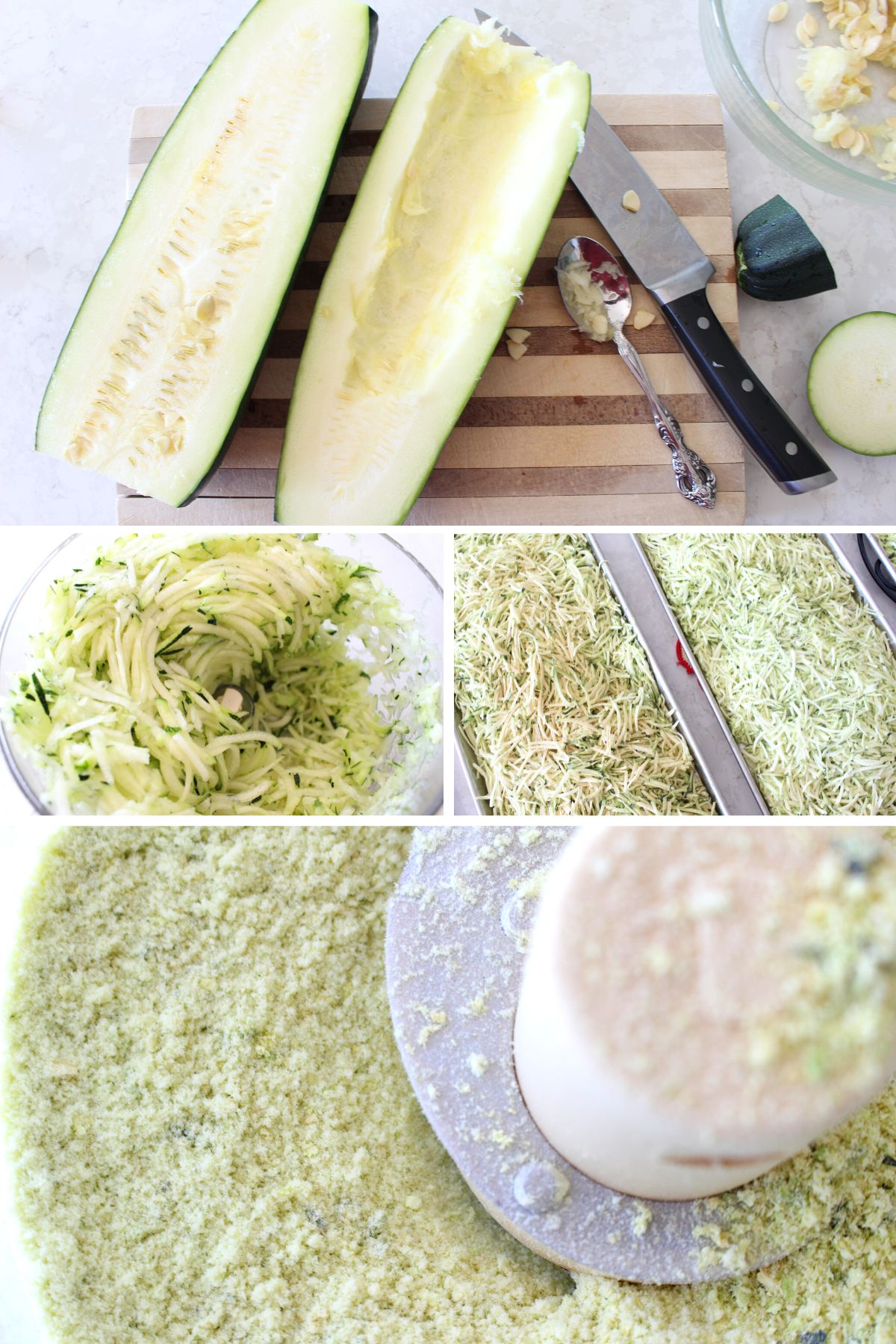
Benefits of Zucchini Flour
Gluten-free alternative
For individuals with gluten sensitivity or celiac disease, zucchini flour serves as an excellent gluten-free alternative. It allows them to enjoy baked goods and other flour-based dishes without the adverse effects of consuming gluten. Zucchini flour’s gluten-free nature makes it a valuable ingredient for those following a gluten-free diet or looking to reduce their gluten intake.
Low-carb and low-calorie option
Zucchini flour is significantly lower in carbohydrates and calories compared to traditional wheat flour. This makes it an attractive option for individuals aiming to reduce their carb or calorie intake. By incorporating zucchini flour into your recipes, you can create lighter and healthier versions of your favorite dishes without sacrificing taste or texture.
Rich in vitamins and minerals
Zucchini flour is packed with essential vitamins and minerals that contribute to overall health and well-being. It is particularly high in vitamin C, vitamin A, potassium, and manganese, which support immune function, promote healthy vision, maintain proper electrolyte balance, and aid in bone health. Adding zucchini flour to your diet can help boost your nutrient intake and support a well-rounded, healthy lifestyle.
Recipes Utilizing Zucchini Flour
Zucchini flour pancakes
Start your day with fluffy and nutritious zucchini flour pancakes. Mix zucchini flour with eggs, milk, baking powder, and a touch of sweetness. Cook the batter on a skillet until golden brown and serve with your favorite toppings like fresh fruits, nuts, or maple syrup. These pancakes offer a delightful way to include zucchini flour in your breakfast routine.
Zucchini bread or muffins
Zucchini flour makes a fantastic addition to bread and muffin recipes. Combine zucchini flour with other gluten-free flours like almond flour or oat flour, along with eggs, sweeteners, and spices. Bake the batter in a loaf pan or muffin tins until golden and fragrant. Enjoy slices of zucchini bread or grab a zucchini muffin as a wholesome snack on the go.
Zucchini pasta or noodles
For a healthy twist on traditional pasta dishes, try making zucchini pasta or noodles using zucchini flour. Use a spiralizer or a vegetable peeler to create zucchini ribbons or thin strips. Cook the zucchini pasta briefly until tender, and toss with your favorite sauces or toppings. Zucchini pasta is an excellent way to incorporate zucchini flour into savory meals while reducing carb intake and upping the nutritional value.
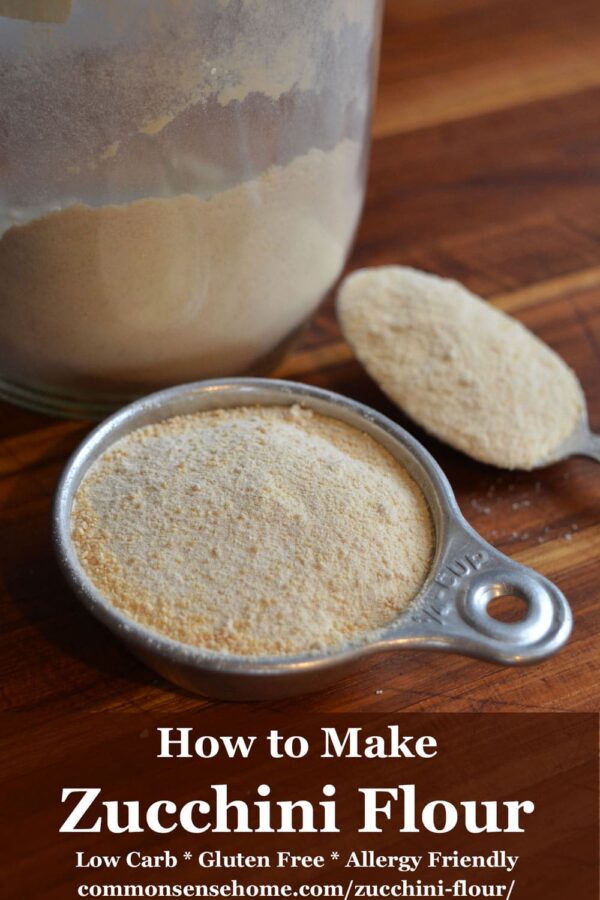
Tips and Tricks for Making Zucchini Flour
Using ripe zucchini
To achieve the best flavor and texture in your zucchini flour, it’s important to use ripe zucchini. Ripe zucchini has a more vibrant green color and is typically sweeter and juicier. Avoid using overripe or overly soft zucchini, as they may not yield the desired flavor or texture in the flour.
Properly drying the zucchini slices
To ensure the zucchini slices dry evenly and thoroughly, make sure they are arranged in a single layer and not overlapping on the dehydrator trays or baking sheets. Providing enough space for air circulation is crucial for effective drying. Additionally, check the slices periodically during the dehydration process to ensure they are brittle and completely dried before proceeding to the next steps.
Storing the zucchini flour to maintain freshness
To maintain the freshness and quality of your zucchini flour, it’s important to minimize exposure to air and moisture. Make sure the container used for storage is completely clean and dry before transferring the flour. Consider dividing the zucchini flour into smaller portions if you don’t plan to use it all at once, as this reduces the frequency of opening and closing the container. Keep the container tightly sealed and store it in a cool, dry pantry or cabinet away from heat and direct sunlight.
Conclusion
Making zucchini flour is a rewarding and versatile process that opens up a world of culinary possibilities. By carefully selecting, preparing, and drying the zucchini, followed by blending, grinding, and sifting, you can create a fine and flavorful flour. The benefits of zucchini flour, such as being gluten-free, low-carb, low-calorie, and rich in vitamins and minerals, make it a valuable ingredient in a variety of recipes. Embrace the opportunity to experiment and enjoy the unique flavors and textures that zucchini flour brings to your favorite dishes. With these tips and tricks, you’ll be well-equipped to create delicious and nutritious meals using zucchini flour. Start your zucchini flour journey today!

